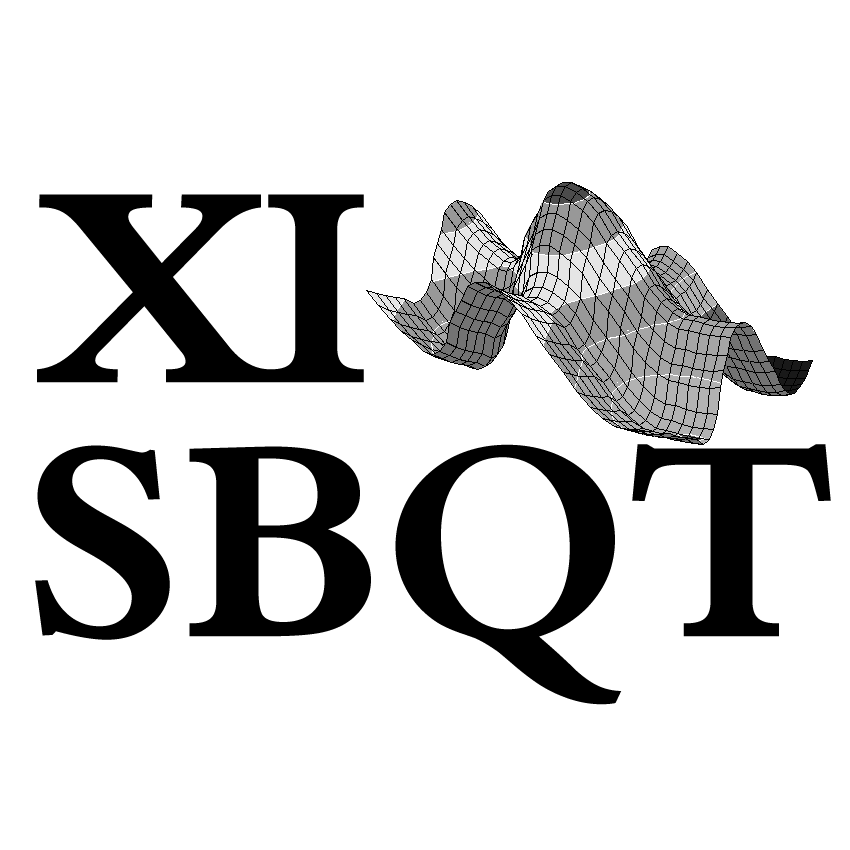 Caxambu,
18 a 21 Novembro de 2001
Caxambu,
18 a 21 Novembro de 2001
XI
Simpósio Brasileiro de Química Teórica
 Caxambu,
18 a 21 Novembro de 2001
Caxambu,
18 a 21 Novembro de 2001
|
|
José
Ciríaco Pinheiro (PQ), Oscar A. S. Romero (PQ)
DQ,
CCEN, UFBA,
66075-110
Belém, PA, Brasil
E-mail:
ciriaco@ufpa.br
Marlon
M. dos Reis (PG), Márcia M. C. Ferreira PQ)
DFQ, IQ, UNICAP
13081-970
Campinas, SP, Brasil
Malaria has been known since the earliest times.
Hippocratic in his writings
has already
mentioned different manifestations of
that disease and called
the
attention for
one of its characteristic symptoms,
the enlargement of the spleen.1
There are four
members of the Plasmodium
gender that infect humans and
all are transmitted through
the female bite of the Anophelese mosquito. However, most
of the deaths
is attributed to the parasite species falciparum.
The severity of the
disease cause by this species
result primarily from its ability to modify the surface
of infected
red blood cells by inserting parasite
proteins.2
Among the classes of drugs that areeffective
in the clinical treatment of the
falciparum malaria,
we have the artemisinin
or quinghaosu and a variety
of
derivatives.
This compound is a sesquiterpene containing
the 1,2,4-trioxane ring
and was originally extracted
from the herb Artemisina annua L. or Qing hao used for the
treaement of 52 kinds of
diseases in People's Rebublic of China.3,4
In this work, Quantum Chemical and Partial Least Squares
(PLS) methods are
employed in
the design of artemisinin derivatives with
antimalarial activity against
Plasmodium falciparum
resistant to mefloquine. Initially compounds of literature
are
studied using t he
Hartree-Fock/6-31G* method. The PLS metthod
is then u sed to
build a multivariave modelans
and prediction of the unknown antimalarial activity,
of
new artemisinin derivatives.
The PLS analysis using three latent variables explained
96.29% of X variance
and the most important descriptors
for the design of the model were one level
above
the lowest
occupied molecular orbital (LUMO+1),
atomic charge on atoms, and
WHIM-3D index, related
to the molecular symmetry: axis 1, weight:
electronegativity
(G1e)
CNPq/FAPESP
____________________________________________________________________
1 A. R. Butler, Y.-L. Wu,
Chem. Soc. Rev. 21 (1992) 85.
2 S. Bowman et al., Nature
400
(1999) 532.
3 D. L. Klayman, Science
228
(1985) 1049.
4 J. C. Pinheiro, M. M.
C. Ferreira, O. A. S. Romero, J. Mol. Struct. (THEOCHEM), in
press.